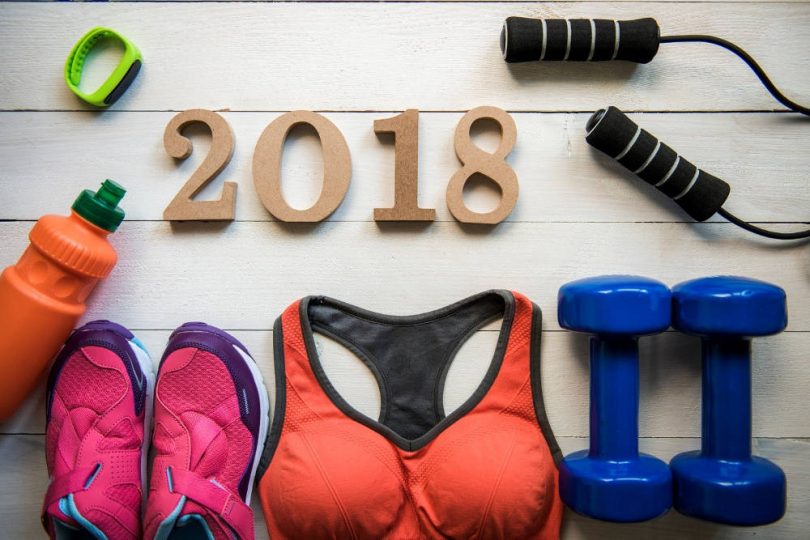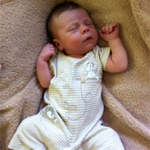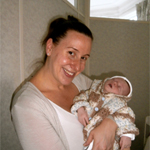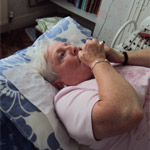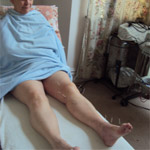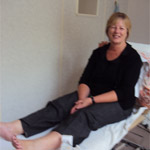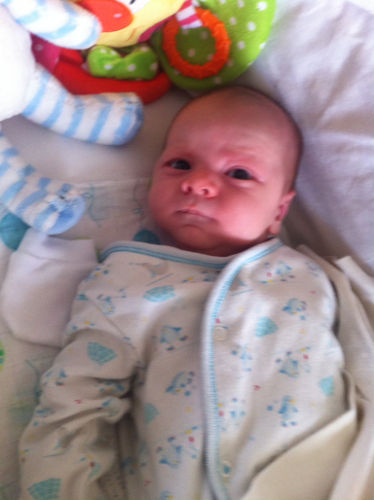Gains over sprains
Faced with a couple more months of gloomy weather, and no Christmas spirit to distract us, many of us have our hopeful eyes focused on summer and have kicked off 2018 with an anxious step on the scales, followed by a hasty gym membership.
In fact, according to a recent ‘ComRes’ poll, 38% of us cited ‘exercise more’ as our number one New Years’ Resolution for 2018.
Which is a worthy goal. Aiming to exercise more is generally a fabulous New Years’ Resolution and can have a positive musculoskeletal impact – but it is not without risk. It’s not yet the end of January and I’ve already seen patients with a number of sports or exercise related issues – two back injuries, one knee one shoulder and counting.
So, I’ve comprised my top five ‘Exercise Dos and Don’ts’, to help ensure that whether you’re an aspiring yogi, a marathon trainee or a newcomer to Zumba, you can achieve your fitness goals safely and effectively.
SEEK ADVICE
Hire a personal trainer if possible, so you can ensure that your fitness goals are safe and feasible. If you’re a member of a gym or health club, you can often just ask one of the employed fitness professionals to look over your regime, or there may even be the option of a free fitness consultation. It’s important to make sure that your workouts aren’t pushing you to injury!
USE THE RIGHT EQUIPMENT
If you’re a runner, then visit a specialty store to purchase trainers that consider your arch, gait and body weight, and therefore support your feet, legs and knees correctly.
In the gym, bear in mind that painful musculoskeletal issues, like muscle strain and tendonitis in the shoulder, can be directly caused by lifting weights that are too heavy, so if you feel pain, it’s vital to stop. It’s also important to consider any pre-existing aches, pains or medical conditions, when choosing which gym equipment is right for you. So, research which machines, equipment and workout styles are best for you –if you have a bad back, then be extra cautious in yoga, or if you have sore knees, maybe avoid the leg press.
WARM-UP AND STRETCH
Warming up your muscles is vital. If your workout is weights focussed, then warm up using a high reps/ low intensity circuit, or if you’re running, start with a brisk walk or slow jog. Also make sure to stretch your muscles out before and after exercise and seek professional advice on the best way to do this.
DON’T FORGET THE REST DAYS
Rest days are an important part of any exercise schedule. They prevent overuse and allow the body to repair and replenish. Plus overtraining can impact your sleep – leaving the body in a constant state of restlessness which is not conducive to a good night’s rest.
DON’T TRAIN ON AN INJURY
Most of us will never be professional athletes (sorry!). So if it hurts, please stop and take a proper amount of time to recover. But that doesn’t necessarily mean sitting at home and doing nothing. Depending on the injury, it might require regular ice, rehabilitation exercises or stretches. Consider a trip to the GP to get any diagnostic testing or a visit to the Osteopath.
I often work with people struggling with exercise related injuries and here are a couple of the kind testimonials I have received:
“Very pleased with the outcome of my treatment from Denise. The wide range of techniques she employs has meant that within a couple of weeks my back is once again pain free and I’m back playing football. I have recommended Denise to a number of friends and will continue to do so,” Kordel Smith
“Thanks Denise- My knees are finally back to normal and I can return to playing football. I highly recommend Osteopathy if you are suffering from any sports injuries-both the Osteopathy and Acupuncture has really helped me out!” Mark Bates
So if your New Years’ Resolution has left you feeling sore why not get in touch and book an appointment?

